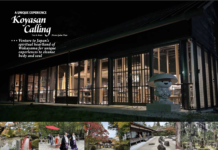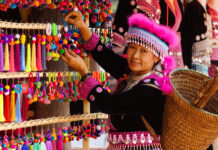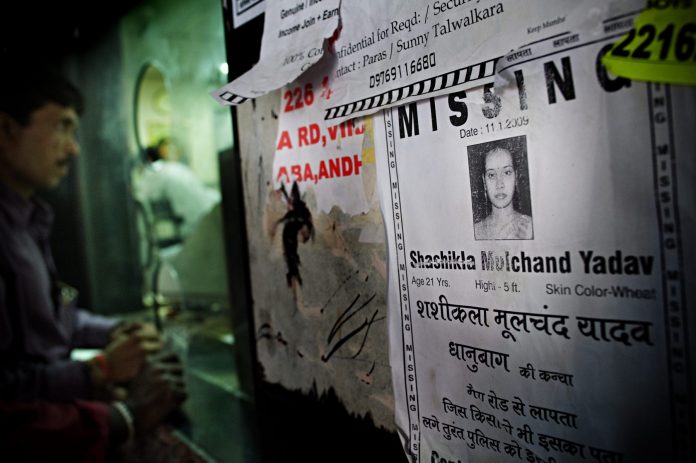
When a child is commodified
Text Anna Malika, with Selina Tan
Additional Information 3 Angels Nepal
I was a homeless teenager when my nightmare unfolded. The whispers of love and protection, followed by the seemingly innocent request to be involved in an exclusive “art project”, eventually led to my being forced by my 40-year-old trafficker – on a daily basis – to do unthinkable things while he recorded it all on camera. I would often wake up suddenly and not know what had happened to me. Each time I was sexually abused, I died a little inside. But having then no understanding of how I was being exploited, I was deceived into believing that I was special. He kept all my money and isolated me from the rest of the world in a tiny flat, leaving me no one else to turn to.
Fortunately, I was not left numb to my situation, and one day, I managed to escape. I was able to put the past behind me – or so I thought. After that chapter of my life ended, I felt inexplicably sullied and broken. In 2009, he died of colon cancer, and the first thing that sprung to mind was that I urgently needed to get the pictures back. I met with one of his family members, who gave me a huge box. I had no clue what I had left at his house that was so substantial in volume. I opened the box and discovered that he had been mass-producing and selling the photos. In my mind, he would have kept perhaps 20 photos for his personal pleasure – not thousands.
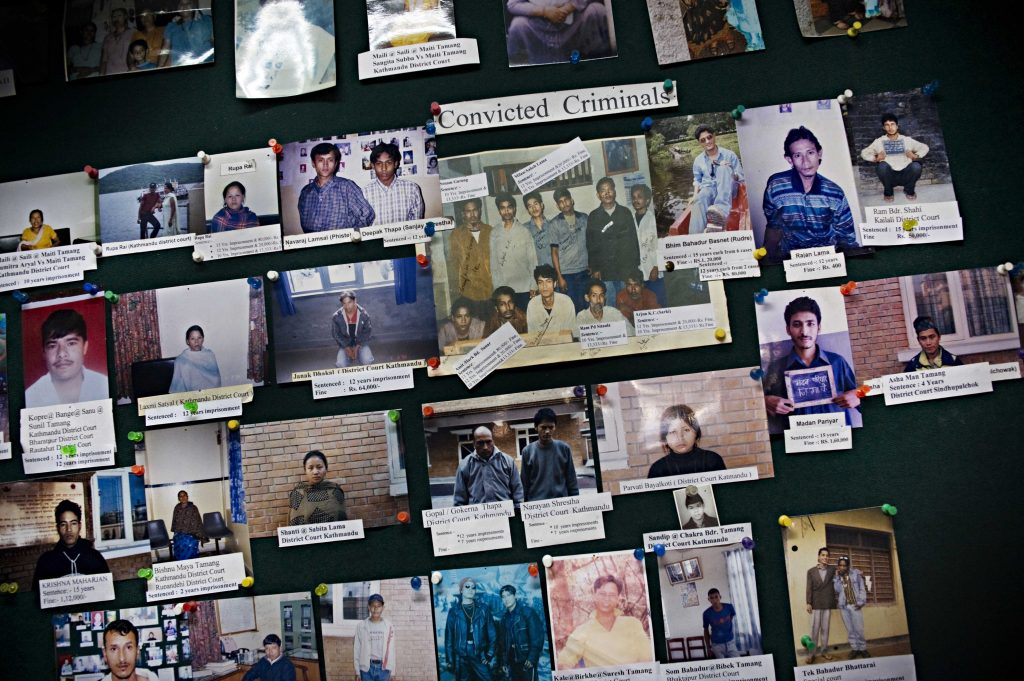
Even at this point, I was not certain what sex trafficking was, so I did not understand fully what the pictures meant. Then I came across an article about a girl who had been trafficked into pornography, and it hit me that our stories were essentially the same. It didn’t just happen to desperate prostitutes coerced into entering the industry. I too was merely a monetary tool for an adult predator whom I loved.
Nothing quite prepares a juvenile for a realisation of this magnitude. I began self-harming, lurking in the dismal streets in the dead of the night. I wondered to myself: Was this how the brainwashed sex workers felt, padding back and forth the dingy alleys of the brothels and strip clubs, living life in a dreadful, futile routine?
The sense of hopelessness overcame me, and in my desperation, I turned to Mercy Ministries, a free-of-charge Christian residential programme for girls who need help with their life-controlling issues. At Mercy, I learned life skills, how to set boundaries, and processed my emotional wounds with the most loving staff; a considerable part of the healing was through my faith. The most memorable moment was when I finally came to realise that the abuse was not my fault, and that, as a child, I knew no better. I graduated from the programme in 2012.
Now at 29 years old, I have a burning desire to concentrate on the link between sex trafficking and pornography, as it relates strongly to at-risk youth all over the world. While forced prostitution is widely recognised and feared, many are hardly cognisant of the fact that they are a victim of sex trafficking, routinely and fearfully performing under a watchful eye with a camera in hand. Little do they know that their acts will then be sold for a paltry sum, a form of perverse enjoyment for the viewer behind the screen.
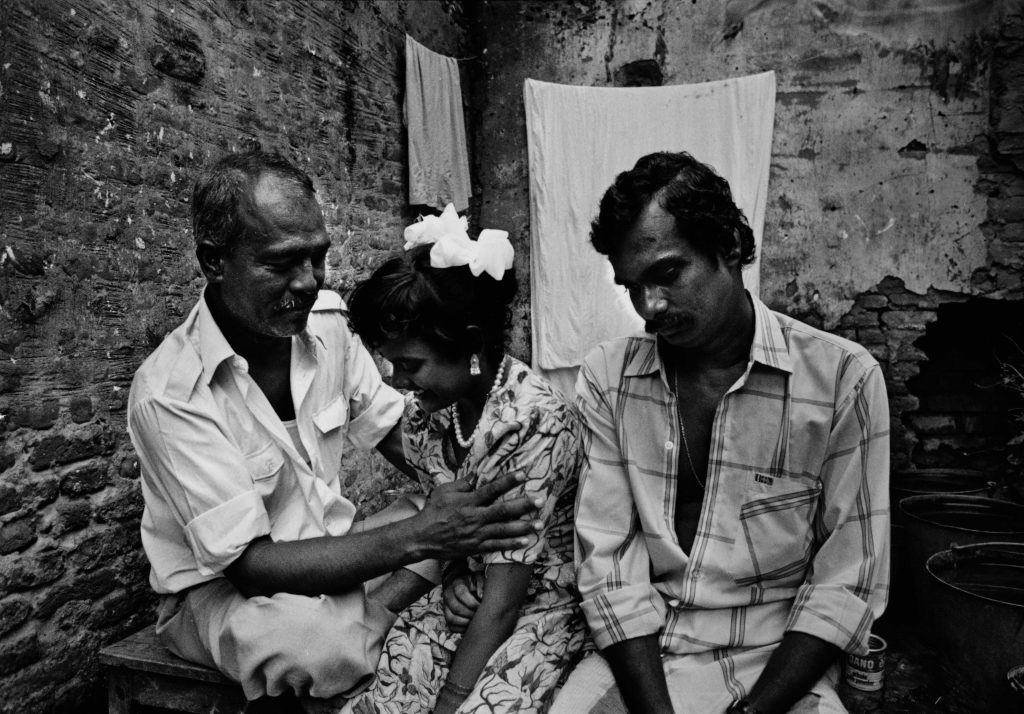
I started my own clothing collection and with the help of Elegantees – an organisation aiming to build a bright future for victims of sex trafficking through sewing work and a positive source of income – debuted at New York Fashion Week on February 13, 2015. My clothes are made by women in a safe house in Nepal who are paid a fair wage. A large portion of profits are given to aftercare services that work with survivors of child sex trafficking.
Why Nepal? As I am of Indian descent, and was born in Kolkata, this mission is close to my heart. Child sex trafficking is arguably one of Nepal’s most pressing social issues. The fairer-skinned Nepalese girls are prized in Indian brothels, and a lack of education means they are innocent to “stranger danger”. Between 5,000 and 15,000 Nepali girls are trafficked over the Indian border every year, mostly from northern central Nepal. As many as 200,000 Nepalese girls under 16 years have fallen prey to prostitution in India. In 2008, 529 girls were trafficked from the state of Assam alone.
When she is stolen, a girl will usually be kept for a few months in Nepal, where she will be sexually abused and raped repeatedly in the name of “breaking her in”. Even when presented with a choice, after outliving her “worth” as a virgin, she will generally be reluctant to escape and go home to her family, who would likely reject her due to cultural stigma. A price will be set for her, like a commodity, and someone will take her over the border to India. Nepalese and Indians can cross the border freely, so this is relatively easy.
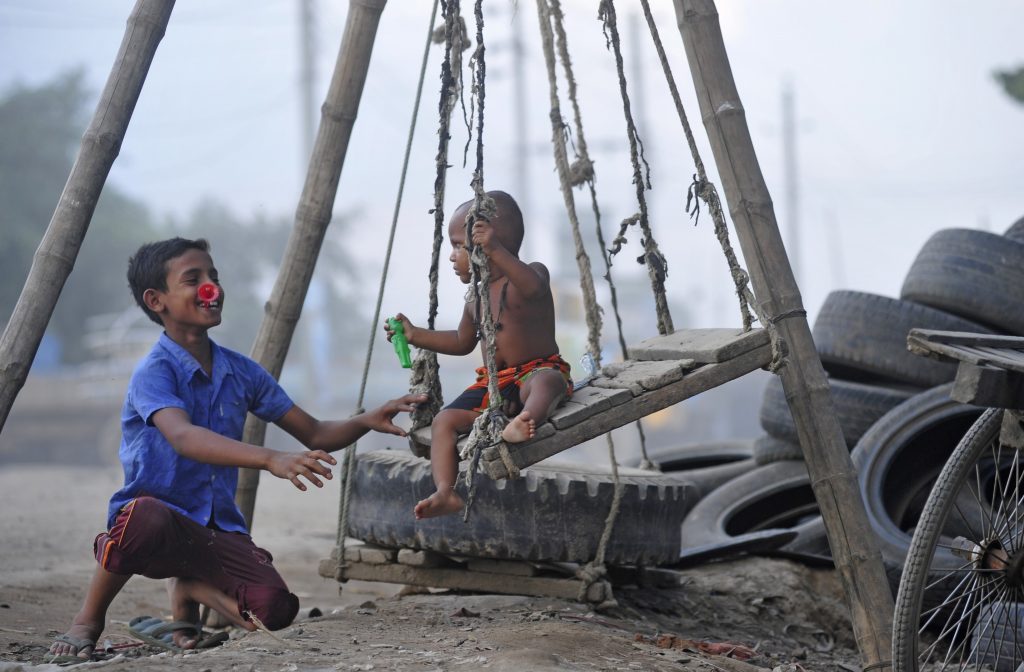
In India, a girl might fetch a price anywhere from a little less than a water buffalo to a little more than a video recorder. Once she is there, it is nearly impossible to rescue the girl, as it is actually illegal to remove her without a family member and specific documents – and often by this time her family doesn’t want her anyway. Many girls end up with HIV/AIDS or other diseases and require medical treatment they can’t begin to afford.
According to UNICEF, a child victim of trafficking is “any person under 18 who is recruited, transferred, haboured or received for the purpose of exploitation, either within or outside a country.”
Sex trafficking is one of the hardest crimes to track and investigate. Child prostitution, sadly, sees the highest supply of trafficked children. There are many places in Asia that serve as hotspots for children to be targeted. In the case of South Asia, most young girls are either abducted from their villages and drugged or offered well-paid jobs in the city, or enticed with promises of marriage.
The border between Nepal and India is over 1,500 kilometres long, with just 14 checkpoints along the route – thus enabling over 20,000 girls and young women, mostly aged between 12 and 25, to be smuggled across. In 2014, some as young as eight were rescued from traffickers – far away from the red-light districts, bordellos and call houses of Kolkata, Bangalore, Delhi or Mumbai.
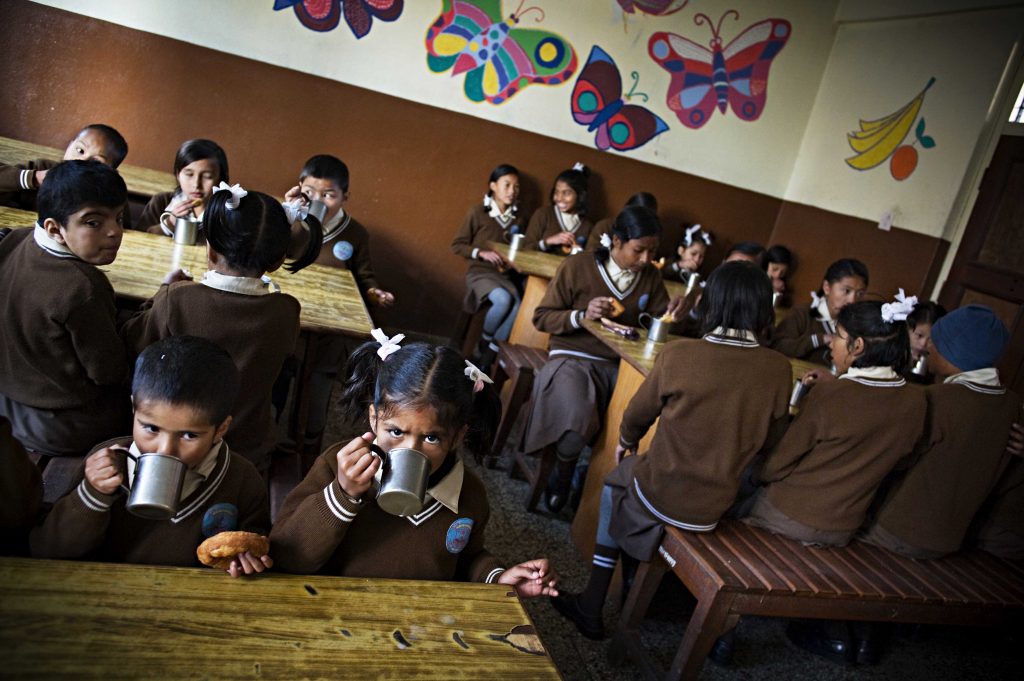
In Svay Pak, a poor fishing village on the outskirts of Cambodia’s capital, Phnom Penh, the trade flourishes. Ecpat International, who is committed to combating the sexual exploitation of children, says, “insufficiently enforced laws, corruption as well as the failure to address more overarching problems such as poverty” has made it a prime destination for child sex tourism. It is a place where mothers – both the unsuspecting and those who abnegate their parental duty to protect – sell their own daughters to be supplied locally or across the country.
My belief is that if we want to try to end human trafficking, we need to place a strong emphasis on caring properly for those who are already trapped. With no funding or employment opportunities, survivors often resume work for another trafficker, because they have no other means of survival. Alternatively, a survivor will be arrested because law enforcement has no place to send her to seek appropriate services. My fashion line aims to provide funding for these programmes.
My first collection is aptly named, “Freedom Is the New Beautiful”. The colours are vibrant and the fabrics are flowy to signify we are new creations – no longer defined by our past. When I speak, I love talking about my restoration and who I am now. My apparel is also modest, yet fashionable. I want to push the idea that women do not need to expose themselves to be considered feminine.
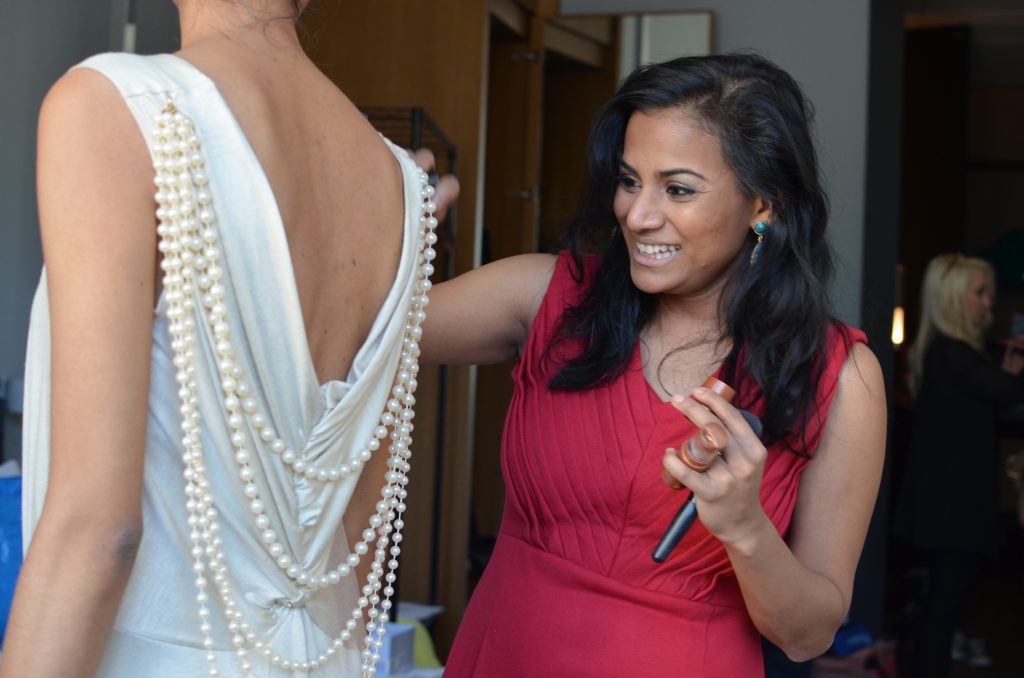
Coming from someone who has gone right to the edge of the abyss, and back, I can affirm that my greatest takeaway from launching my fashion line is never to be afraid to dream big – and freedom is a basic human right too many are deprived of.
In the process of my growth, I see it as my calling to help those whose doors have been closed and empower them to live the lives I dream for them. We are not prostitutes, porn stars, strippers, or “meat for sale” – a term commonly used in the backwater areas of India to refer to girls about to be bought for their ability to provide sexual gratification.
Each of us is someone’s child and a person full of potential. We are more than just our stories. More than survivors. We have conquered.
For more stunning stories and photographs from this issue, check out Asian Geographic Issue 111.



